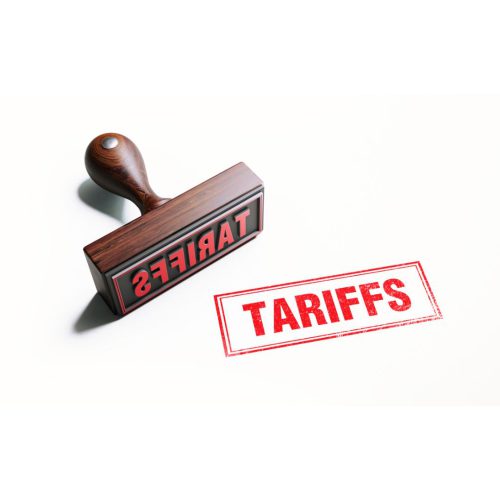🚨 Tariff Shock Hits Auto Industry: Parts Prices Already Climbing
Tariff Impact Hits Industry. The 25% tariff on imported auto parts officially took effect on May 3, and the impact is already rippling through the industry. Dealerships and repair shops are seeing rising costs, and supply chain concerns are growing by the day.
💰 Over $100 Billion in Costs at Stake
The Center for Automotive Research projects that the combination of this parts tariff and the existing 25% tariff on imported vehicles could cost the U.S. auto industry more than $100 billion. This includes price hikes, delays in parts availability, and squeezed margins for auto retailers.
📉 Dealers & Suppliers Brace for Impact
Industry groups like the Alliance for Automotive Innovation, MEMA, and the National Automobile Dealers Association had respectfully requested the administration to reconsider, though their concerns have yet to be addressed. Now, dealers might face:
- Higher vehicle repair and servicing costs
- Delayed repairs due to parts shortages
- Lower sales margins on both new and used vehicles
- A looming threat of supplier shutdowns or layoffs
🛠️ Used Car Prices Expected to Rise
With the cost of key components going up, including suspension systems, tires, transmissions, lighting, and body parts, used vehicle reconditioning is getting more expensive. This could lead to price increases across the used car market, adding pressure to consumer affordability and dealership pricing strategies.
📦 Parts Affected Are Listed in Annex I
The affected components fall under categories in the Harmonized Tariff Schedule of the U.S., specifically detailed in Annex I of the Federal Register Notice. Many dealers rely on these exact parts to service vehicles on their lot or prep cars for sale.
🔎 What Dealers Should Do Now
- Re-evaluate your inventory and parts sourcing
- Communicate with your service teams and suppliers
- Consider adjusting pricing strategies to reflect increased costs
- Watch the used car market closely for shifts in demand and profitability

